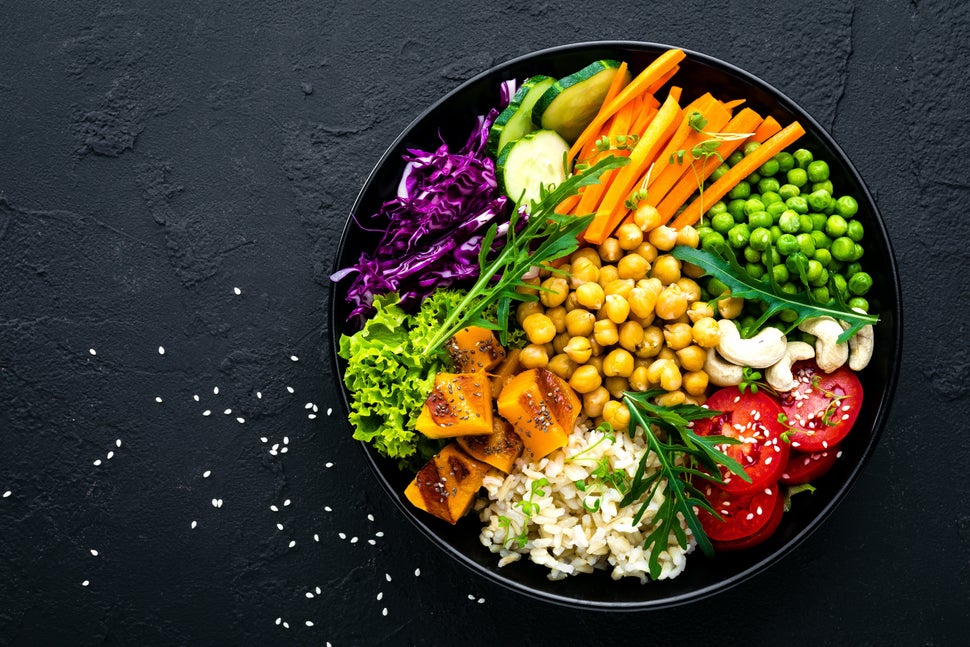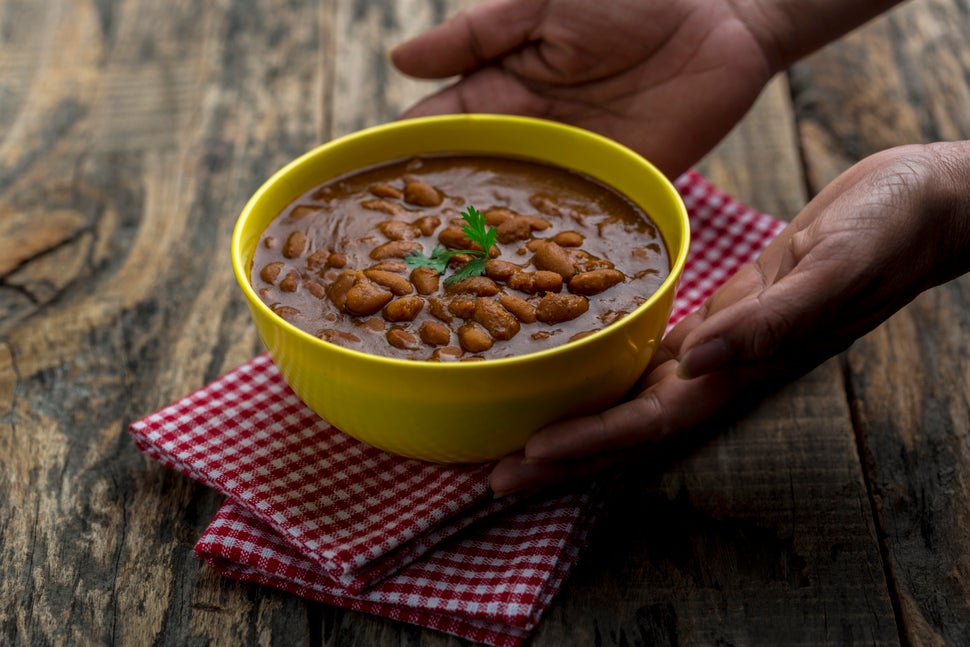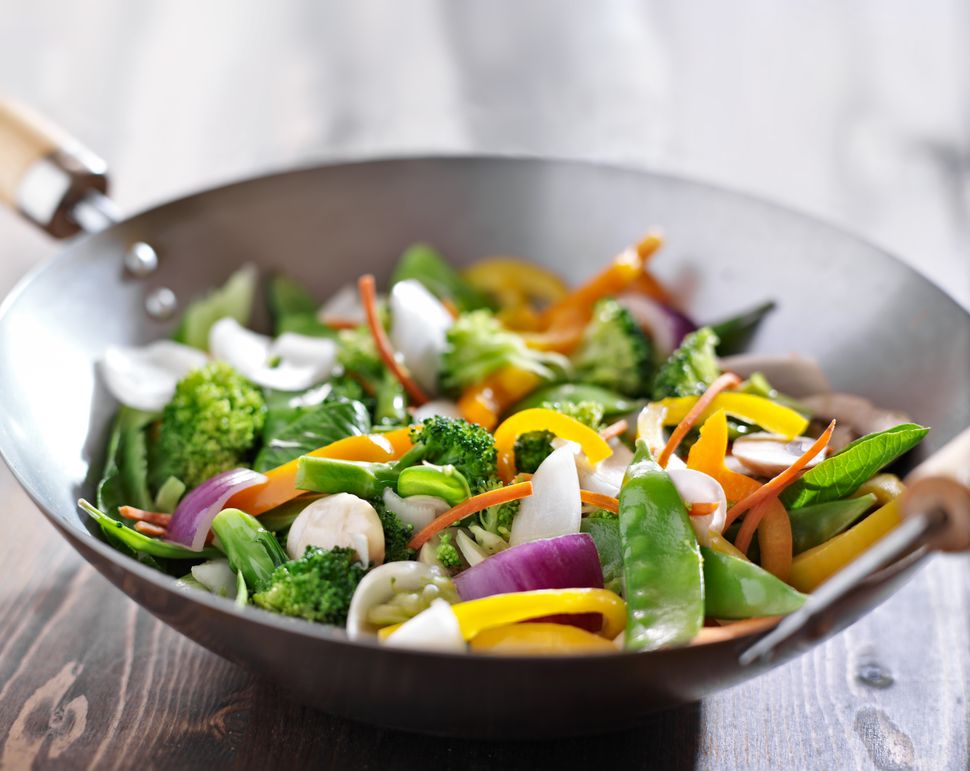
How easy is it to be a vegan in India? Especially if you are on a limited budget? Two years ago, I would have said it is impossible. Today, I disagree.
In 2017, I read an expose about the horrors of the dairy industry and had a strong emotional reaction. I wrote a distressed Facebook post and overnight, decided to turn vegan. I was a vegetarian to begin with, so I assumed it would be easy for me. I shut off our milk supply and stopped buying curd, butter, ghee, cheese, and eggs.
Four months later, I had given up.
To anyone who asked (most didn’t—my family was relieved that I had reverted to a ‘normal’ diet; my friends just rolled their eyes at my food fads), I explained that being a vegan in India is a difficult, expensive affair. This article was originally meant to be a chronicle of the reasons why I had to give up veganism.
But something happened during the writing of this piece.
For my research, I started speaking to people: long term vegans, rebounding vegans, vegan food brands… I spent hours reading stories shared on Indian vegan forums. I watched videos of vegan recipes and dietary tips. And I realised something: being vegan on a budget was not only possible, but also much easier than I had imagined.
What does it mean to be vegan?
A vegan diet means that you avoid all foods that come directly or indirectly from other living beings. This includes meat, seafood, eggs, dairy (milk, butter, cheese, ghee, paneer, khoya, etc.) and honey.
“There will be nothing left to eat!” remarked a horrified friend who looked over my shoulder as I was composing this list.
“When you are in control of the meals and ingredients, it is remarkably easy to be vegan.”
Put this way, it does look like a tall order. But it’s not as bad as it looks, which I discovered soon enough.
Being vegan
“Being vegan doesn’t mean eating dal-chawal everyday,” says Abhishek Neogi, a freelance writer who has been vegan for over 2 years. Unusually for vegans, he made this choice for health rather than compassionate reasons, and says that he is healthier physically and more alert mentally since turning vegan. “Include these 5 food groups in your diet every day: whole grains (rice, wheat, oats, millets), lentils and legumes (all types of dals, rajma, chickpea, green peas), nuts and seeds (cashew, almond, walnut, sunflower, pumpkin seeds, chia), fresh fruits, and vegetables. Among these are enough cheap and tasty options to make every meal different.”
Doctors and nutritionists generally agree that vegans and vegetarians tend to be deficient in Vitamins B12. Dr Nandita Shah of SHARAN, a collective of doctors and professionals who support veganism for health, recommends taking 500MCG of methylcobalamin (the kind of B12 that is used by our body) every alternate day. The pills cost between Rs120 and Rs 200 for a month’s supply.

“Most new vegan converts start out by assuming that they need to eat some special vegan food or buy vegan products.” says Susmitha Subbaraju, a vegan for 18+ years and the founder of Carrots, Bangalore’s first vegan restaurant. “The truth is that many Indian foods are naturally vegan.” As she reels off a list, I am surprised by just how many there are: puttu and kadala from Kerala, appam and coconut stew, kozhakattais from Tamil Nadu, akki rotis from Karnataka, pesarattu from Andhra, poha from Maharashtra…there’s certainly no dearth of options for breakfast at least.
Staying vegan
When you are in control of the meals and ingredients, it is remarkably easy to be vegan. But what happens when you are eating at a restaurant or a social gathering?
“If you can, try and pick the place yourself,” says Chaitali Pisupati, content lead at Give India and a committed vegan. “I prefer Chinese, Thai, Burmese or Vietnamese places because their vegetarian options are by nature, vegan. Dairy does not feature at all in these cuisines.” If you aren’t picking the place, she recommends checking the restaurant menu beforehand. “As long as there are 2-3 vegan options, I am good,” she says.
“Being vegan may limit the number of things you can eat but definitely not the variety or taste.”
“Typical South Indian food has tons of vegan options,” says Rheea Mukherjee, who runs branding and communications agency Write Leela Write. “I usually go for the thaali without curd or payasam.” With a mixed Mangalore Catholic and Bengali background Rheea was raised a non-vegetarian but turned vegan three years ago. She started in stages, giving up meat first, then seafood, and lastly, dairy.
All catered meals, be it in office or at a social event, will have some vegan option, points out Sushant Ajnikar, design lead at Cure.fit and co-founder of Paws of India. Over the years, his friends and family have accepted his preferences and always keep a vegan option for him at parties and functions. In any circumstance, he says, “As a vegan, you can eat any vegetarian starter except paneer; then there will be rice, dal, rotis without butter, and a variety of sabzis—sarson ka saag, baingan bharta, rajma, aloo, gobi...the options are endless.” A committed biker, he manages to keep up his vegan lifestyle even during rides across the country. “Chai is something bikers rely on to keep them alert and refreshed. At the smallest tea shop in any corner of the country, you will get lemon tea, and I choose that over milky chai.”

You can still enjoy the good stuff
Being vegan may limit the number of things you can eat but definitely not the variety or taste. “You can eat vegan on the cheap and it’s delicious, but if you want to indulge once in a while and can afford it, why not?” says Rheea who also runs the Messy Cooking, Always Vegan blog. From vegan quiche and Bengali mock meat kosha mangsho to avocado chocolate frosted cake, orange cacao nib ice cream and pina colada cake, she has an impressive number of ‘exotic’ vegan recipes put up here. Hummus, she says, is an easy and tasty vegan dip and herb-infused cashew butter is a great spread. To recreate the flavour of cheese in her recipes, she (and numerous other vegan cooks) recommend nutritional yeast, which is deactivated yeast with a nutty, creamy flavour that makes it ideal as a cheese substitute.
As an erstwhile non vegetarian, she cooks a lot with soy and mock meat, especially for curries and biryanis and recommends Good Dot’s mock meat. “The texture is incredible and the taste amazing. You can replace any meat curry recipe using it the same way you’d use regular meat.” she says. At Rs135 for 250 gms, this is also cheaper than meat.

Vegan milk or mylk is a common (though more expensive) dairy alternative in recipes. Interestingly, Abhay Rangan, the 21-year-old CEO and founder of Goodmylk, says that a significant proportion of his customers are lactose intolerant rather than vegan. At upwards of Rs.100/litre, the cheapest option in the market is soy milk, but not everyone likes the taste. Goodmylk (Rs.120/litre) is made of cashew and oat milk, says Abhay, and is a great shelf-stable substitute for milk in coffee and tea. “Some combinations work really well, like coconut milk in coffee and cashew milk in tea,” says Susmitha Subbaraju, who regularly conducts workshops and makes videos on vegan cooking.
When it comes to sweets, many simply switch from milk-based mithais to non-milk ones: like Agra petha, chikkis, ellu urundai (sesame balls), sharkara payasam (jaggery kheer), sukhiyan/modaks, elai adai, etc. But a lot of vendors have started offering vegan variants of popular mithais like vegan coconut burfi, kaju katli, besan/boondi laddoos and almond/cashew halwas. Vegan Christmas and birthday cakes are also popular and retailed en masse on BigBasket.
Coimbatore-based Vijay Sweets has even managed to create a recipe for vegan mysore pak (a sweet whose taste is primarily ascribed to the quantity of ghee used in it). Aravindan V, the owner said, it is made from a special combination of coconut milk and sunflower oil. The sweet made waves on social media around Diwali with even non-vegans swearing to the authenticity of its taste.